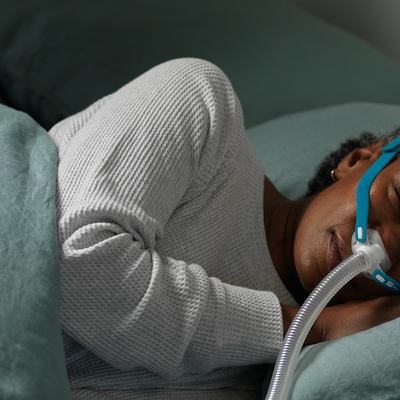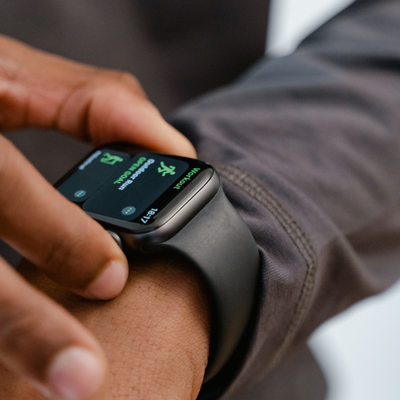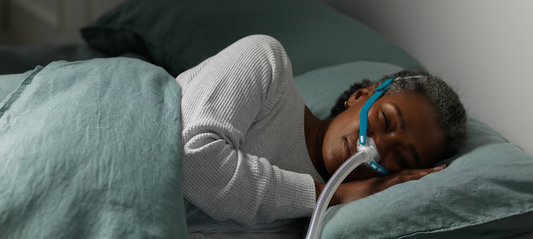May 2, 2023
Written by Alison Arntsen
Driving drowsy is always dangerous, but if you are a Department of Transportation (DOT) bus driver, pilot, truck driver, or train operator, it can be deadly for both you and those you transport.
In 2016, undiagnosed sleep apnea in both a tour bus driver and a truck driver resulted in a crash in California that killed 13 people and injured 31 more. Both drivers experienced drowsiness behind the wheel as a result of sleep apnea.
Similarly, an overtired train operator, who was later diagnosed with sleep apnea, failed to stop a train and caused a crash that killed one and injured 110 others. A January 2017 crash caused by drowsiness brought on by sleep apnea injured 108 and resulted in $5.3 million in damages.
These crashes, casualties, and damages could have been prevented with the correct diagnosis and treatment.
What makes sleep apnea dangerous for professional drivers?
Many professional drivers suffer from undiagnosed sleep disorders including Obstructive Sleep Apnea (OSA).
Those with OSA experience frequent sleep interruptions as the muscles that support the soft tissue in their throat relax and their airways get cut off, briefly stopping airflow. If you have OSA you might wake up frequently during the night (whether you’re aware of it or not) to resume normal breathing.
These interruptions to your sleep can have a major effect on your sleep and overall health. Without adequate rest, you may not be able to maintain normal brain function throughout the day, impacting your ability to make timely safe choices while on the job.
Drivers with sleep apnea can experience symptoms such as daytime drowsiness and brain damage that impairs cognition (including decision-making skills), mood, and alertness. Symptoms like these can place your life at risk when you drive or operate vehicles professionally.
How do I know if I have sleep apnea?
Because the most obvious symptoms of sleep apnea such as snoring, interrupted breathing, or gasping for air occur while you’re asleep, undiagnosed sleep apnea is common.
Some Department of Transportation agencies, such as the Federal Aviation Administration, require sleep apnea testing, others do not. Check with your employer to make sure you remain DOT compliant.
If you are a commercial driver, you might consider sleep testing whether or not it’s required by your job to ensure safety for yourself and those you drive. Sleep apnea testing can be done at a sleep clinic or with a convenient at-home sleep test.
Learn more about the importance of home sleep tests and why you may need to get tested for sleep apnea in this sleep resource.
Can I still drive if I have sleep apnea?
If you are diagnosed with Obstructive Sleep Apnea, most likely you will be required by your employer to receive treatment before operating a vehicle again. Treatment may include sleeping with a CPAP (continuous positive airway pressure) machine to keep your airways open while you sleep, helping you to get more quality rest each night.
While adjusting to sleeping with a CPAP machine can take a little time, consistent treatment can help to reverse the damage done to your cognitive functioning and can help with the overtiredness and drowsiness that affects your safe driving abilities.
Stay safe!
Help decrease your risk of an accident by testing for sleep apnea. Treatment and help is available and can put you back on the road to better sleep health.


















